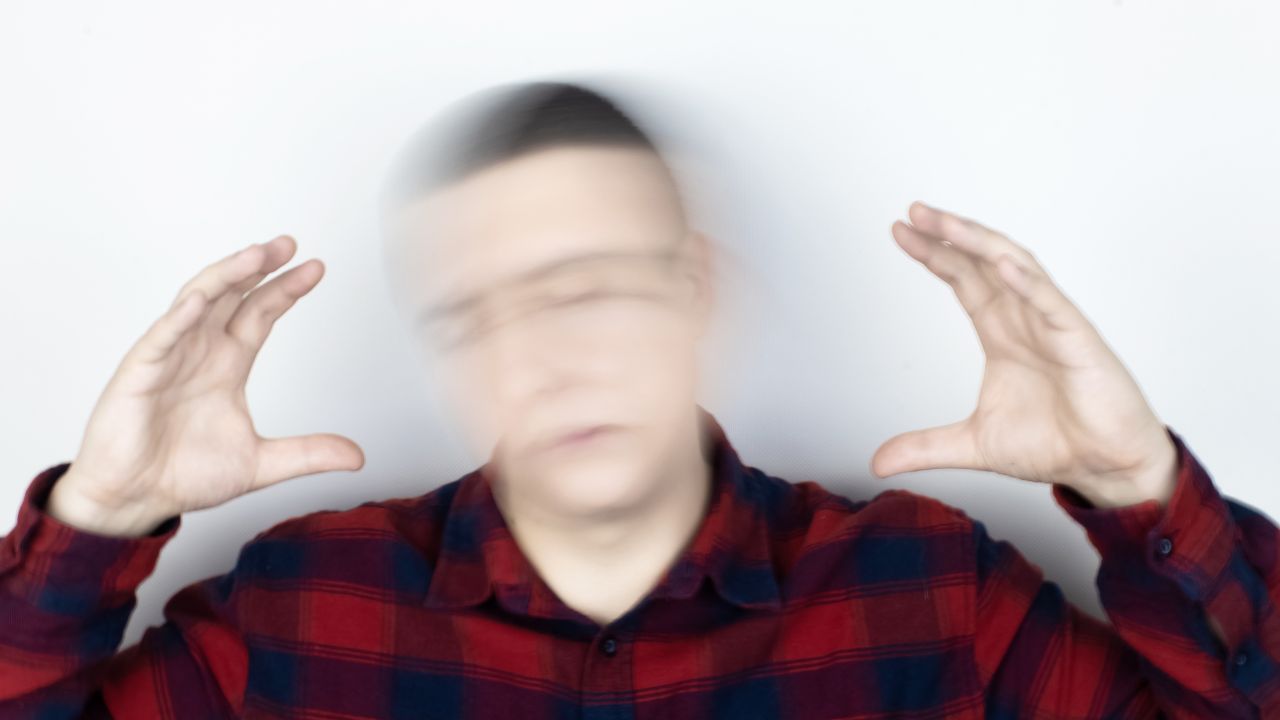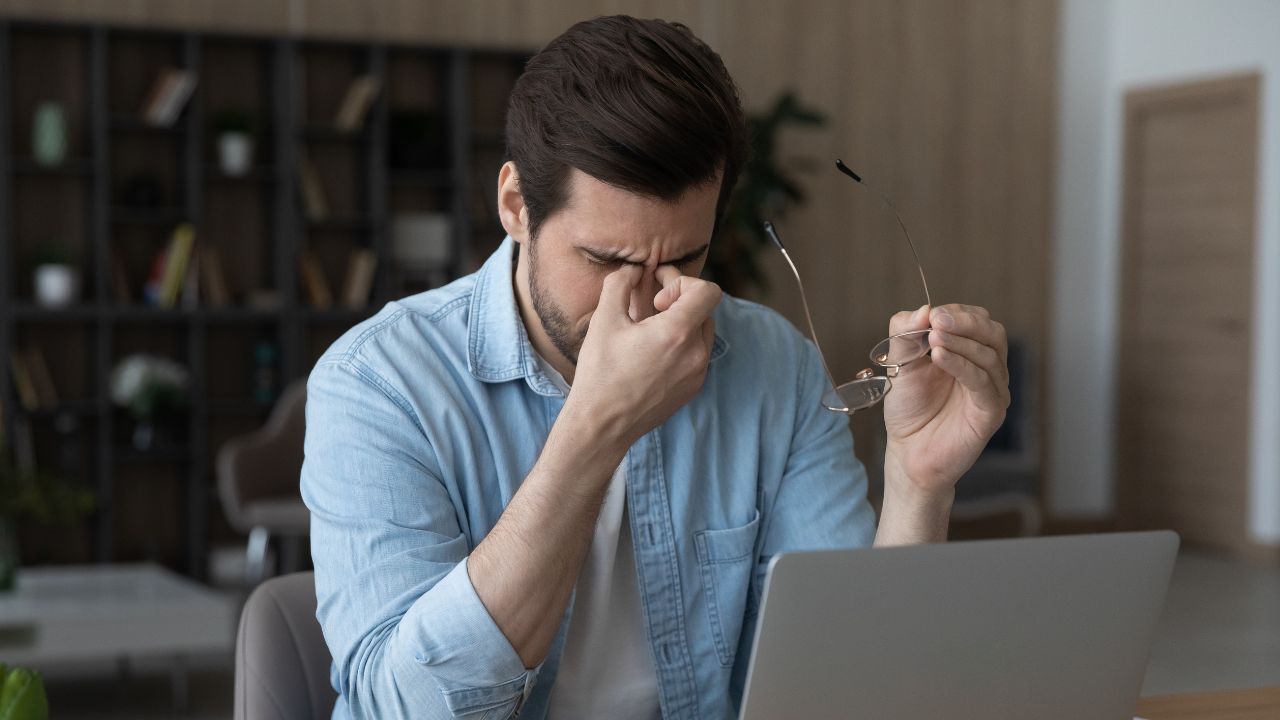Dizziness after a concussion can be more than just a temporary inconvenience—it often signals vestibular dysfunction that requires deliberate, targeted rehabilitation. For athletic trainers working on the front lines of injury recovery, understanding the full scope of evidence-based treatments is essential for effective care and timely return-to-play decisions.
Start with Objective Balance Assessment
In the early stages of concussion management, objective testing helps identify postural control issues that aren’t always evident through symptoms alone. Our mobile-based balance test provides trainers with an easy and accurate way to measure static balance deficits using just a smartphone or tablet. The score—calculated through built-in motion sensors during a series of stances—offers real-time insights into an athlete’s postural stability. Early identification of imbalance helps clinicians tailor the recovery plan, track progress, and minimize the risk of re-injury, all without needing bulky equipment.
Recognizing and Managing BPPV in Concussion
Benign paroxysmal positional vertigo (BPPV) is a common cause of dizziness following a concussion. This condition occurs when tiny calcium-carbonate crystals in the inner ear become dislodged, causing brief but intense spinning sensations triggered by changes in head position.

A comprehensive review published in Cureus emphasized that post-concussive BPPV is more common than previously thought and can be effectively treated with canalith repositioning maneuvers like the Epley procedure. Athletes who experience dizziness when rolling over in bed or looking up are strong candidates for screening, and prompt treatment can dramatically speed up symptom resolution and functional recovery (source).
Gaze Stabilization Therapy Reduces Dizziness
When athletes report dizziness during rapid head movements or difficulty focusing during motion, vestibular ocular dysfunction is often involved. A clinical trial published in the Journal of Sport Rehabilitation demonstrated that customized vestibular therapy focusing on gaze stabilization resulted in a 31% reduction in dizziness symptoms among youth athletes with concussions.
Exercises targeting the vestibulo-ocular reflex (VOR), such as moving the head while maintaining focus on a stationary object, are especially effective. These exercises are not only low-risk but can be incrementally and functionally progressed based on tolerance and measured improvements (source).




